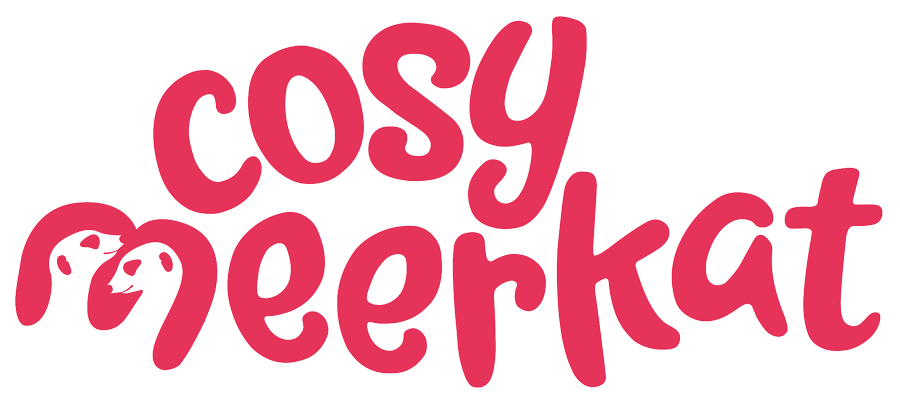How to overcome the top 5 internal communication barriers
We’ve all seen the issues poor communication can cause: lost productivity, stress, disconnection, and even dwindling trust in leadership. Despite our best efforts, it’s easy for these issues to become part of the everyday. That’s why we’re going back to basics with the top barriers to great internal communication and how to overcome them.
If any of these sound familiar, don’t worry - you’re not alone! These are issues we help our clients solve every day. Read on for practical tips and insights on how we can support you.
1. There’s no clearly defined goals
Without clear goals, people can feel lost and disconnected from the bigger picture. Confusion about responsibilities, mixed messages, and wasted resources are just a few of the headaches that can result.
What to do about it:
Internal Comms and leadership need to collaborate and communicate organisational goals that clearly and consistently across the organisation. This isn’t about delivering goals once and walking away; it’s about weaving them into the day-to-day fabric of your company.
We work with leaders and comms teams to develop strategies that bring purpose to life, so employees understand why their work matters and see how it connects to the company’s success. We help you keep goals front of mind, share progress, and celebrate milestones.
2. Information Overload
We’re all competing for attention, and it’s easy for messages to get lost in the noise. When there’s too much information, employees may feel overwhelmed or, worse, start tuning everything out.
What to do about it:
Our first piece of advice? Trim the noise. Start with an audit to see what’s landing well and what’s not. A thoughtful strategy will help you streamline, focusing on what’s truly relevant to different groups within your team.
We specialise in auditing, targeting, and tailoring communications for maximum impact. We can work closely with you to determine which messages are essential, identify where overlap can be reduced, and ensure key updates are clear and timely. With us, you’ll get a plan that cuts through the noise and keeps your team engaged without the overload.
Take a look at our other blog post about cutting through the noise for more information on this.
3. Too much top-down, not enough two-way communication
If your team is only hearing from the top, without a chance to feed ideas back up or across, it can lead to missed insights and a sense of disconnect. A two-way communication flow is essential to building trust and keeping employees engaged.
What to do about it:
Encourage feedback beyond formal surveys. Quick check-ins, idea-sharing sessions, and open forums can make it easier for employees to contribute. Make feedback channels simple and visible so people know they can share their thoughts on everything from day-to-day comms to big initiatives.
Set up structured and informal channels for feedback that feel organic and easy. We can help you put this into practice, and help you gather, evaluate, and act on that input. Employees will know their voices are heard, and leadership will be able to respond quickly and effectively.
4. Outdated or inefficient communication channels
Ever feel like no one’s reading messages? That there’s no engagement with communications? It’s a sign that your channels may need an update. Even the best strategy won’t succeed if people don’t know where or how to engage with it.
What to do about it:
An audit of your channels can reveal which ones are underperforming and where there are gaps. We often find that simply streamlining your channels, making some adjustments or providing some refresher training can make a world of difference.
From simple refreshes to digital transformations, we can help you create a comms environment that meets everyone’s needs.
5. Lack of inclusive communication
Effective communication needs to reflect the diverse backgrounds, languages, and communication preferences across your team. When communications don’t feel inclusive, people can feel left out or misunderstood, which affects engagement.
What to do about it:
Inclusivity starts with accessible, clear language and consistent style. It’s important to establish a unified tone that speaks to everyone, while also respecting the unique perspectives within your workforce. We’ll help you build resources that reflect diverse needs, including language support, style guides, and accessibility options. And we encourage using channels that allow people to share their insights, ask questions, and stay connected.
In summary…
If you recognise any of these barriers, remember - communication is a journey. Taking a step back, identifying issues, and developing solutions can create lasting change. And if you’d like a hand in tackling these barriers head-on, give us a shout.
We’d love to talk to you about how we can help you overcome communication barriers.
